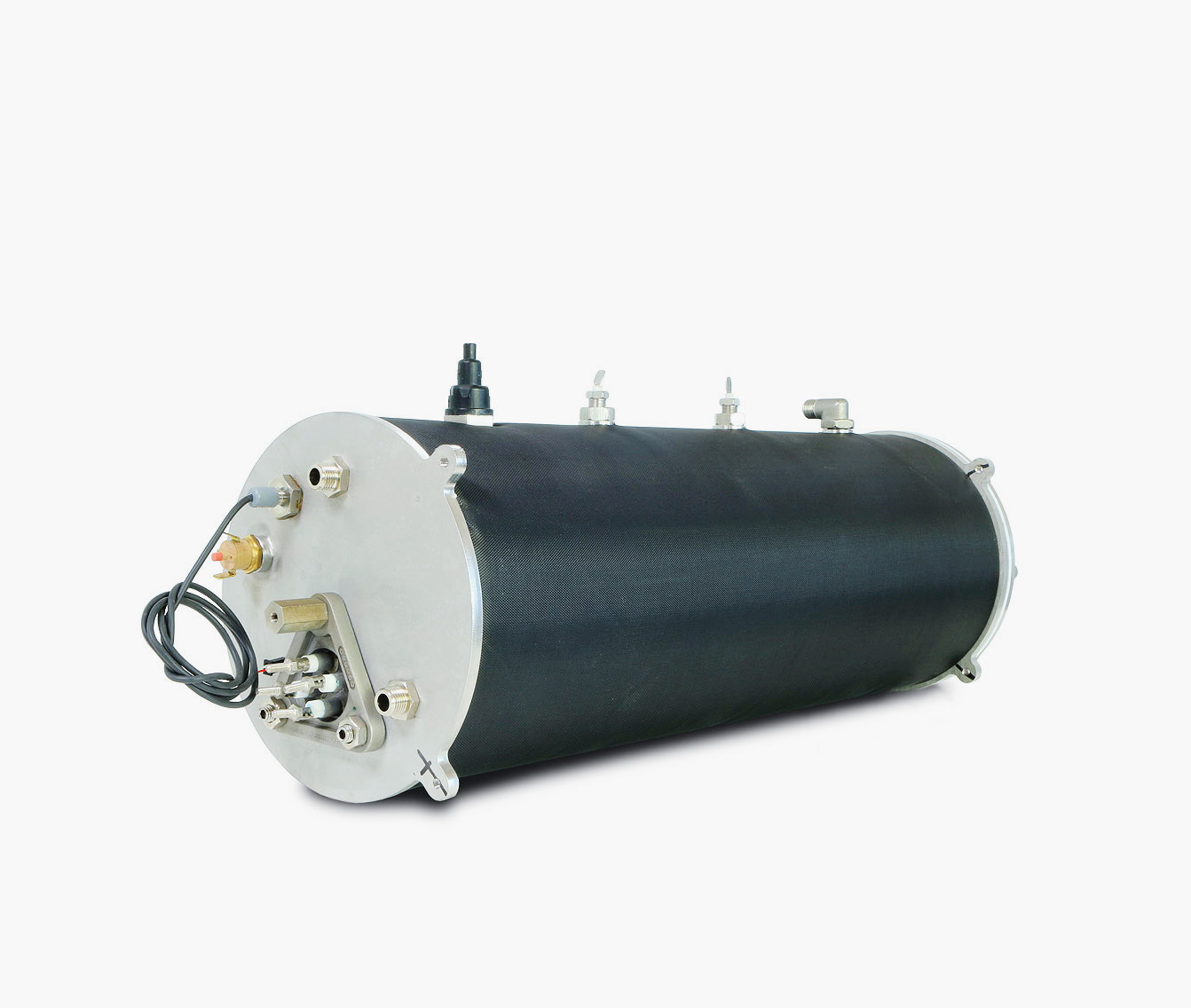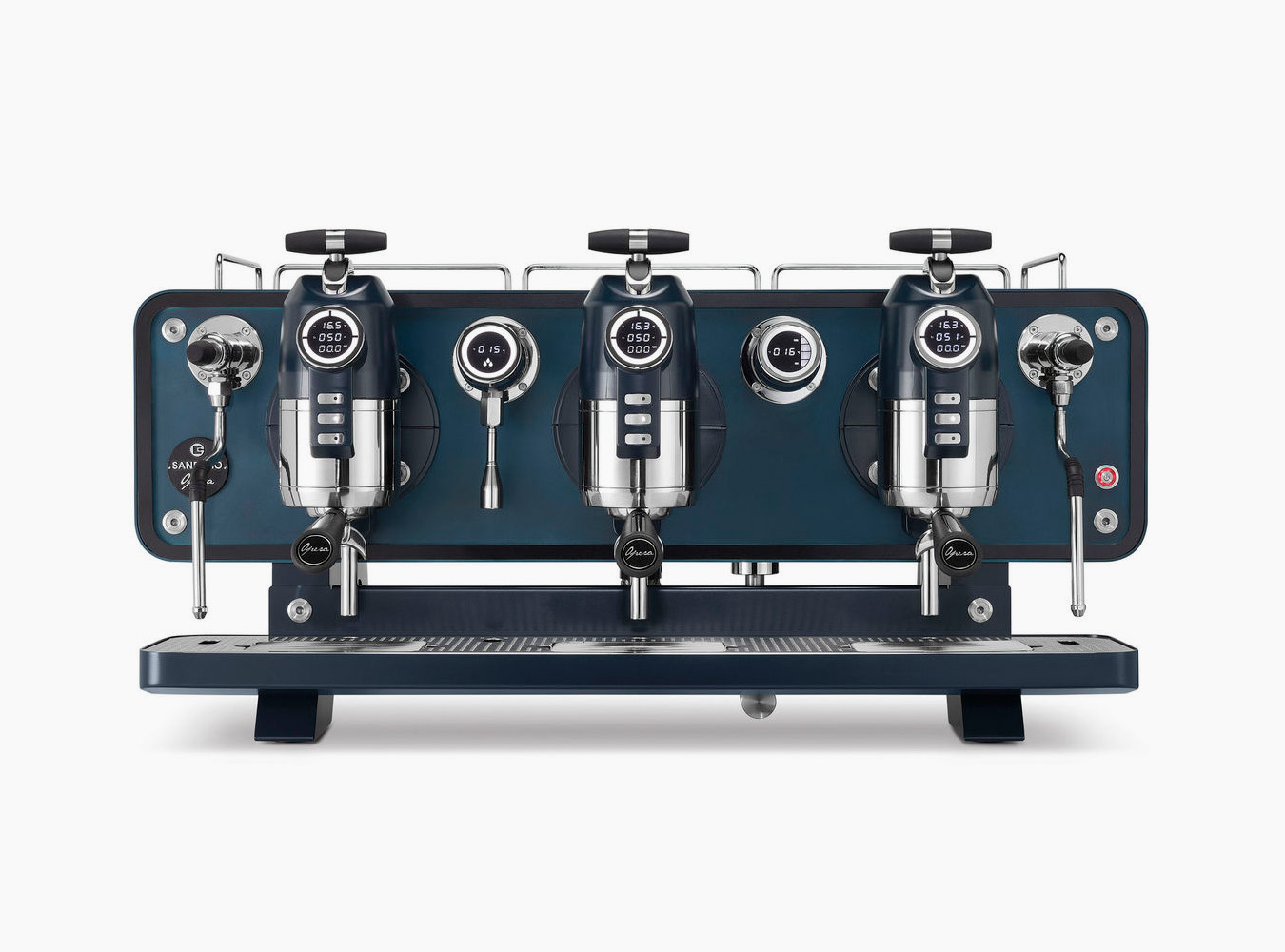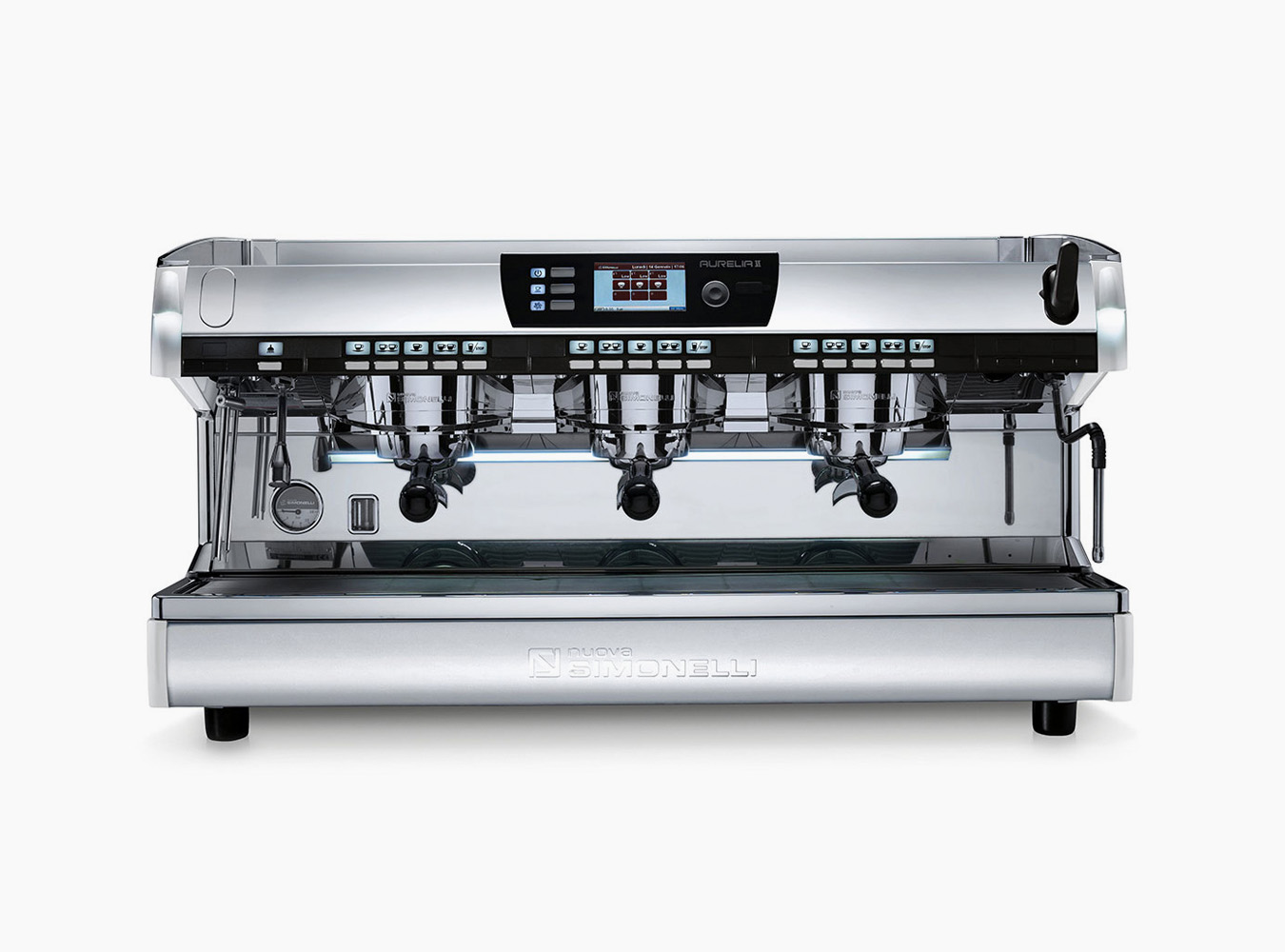A less conductive material such as stainless steel doesn’t allow heat to escape as quickly as a more conductive material such as copper. In terms of reducing energy consumption, this is a benefit. But insufficient heat transfer can cause problems in coffee machines.
We spoke with Michael Teahan, director of design and innovation firm Analogue Coffee and a former engineer at coffee machine manufacturer Brasilia.
‘Stainless boilers on traditional machines are usually smaller in diameter to minimise the problem of heat transfer,’ he said. ‘The problem with steel is that it sucks at moving heat around.’
Machines based on steel often need to use special methods to transfer heat. For example, La Marzocco, who began using stainless steel boilers in 1971, use the ‘saturated group’ design, wherein a chamber in the group is filled with water and continuous with the boiler. (We will explain saturated group heads in detail in Chapter 3.)
Other modern espresso machine designs get around potential problems of inadequate heat transfer by heating the group head directly. For example, Nuova Simonelli’s Aurelia II T3 has a heating element embedded inside the brass group head. Another approach is to position the brew boiler directly above the group head, as in Sanremo’s Opera. Such machines rely less on the material to conduct heat, making fabrication with steel a more practical possibility.
At left, San Remo Opera; at right, Nuova Simonelli Aurelia II T3.
Welding
Initially, when machine companies elected to fabricate parts out of stainless steel, it was necessary for their workers to master difficult assembly techniques such as Tungsten Inert Gas (TIG) and plasma arc welding — two types of arc welding where metals are made to coalesce and melt together by creating an electric arc between them. Arc welding remains standard practice in steel boiler fabrications,


